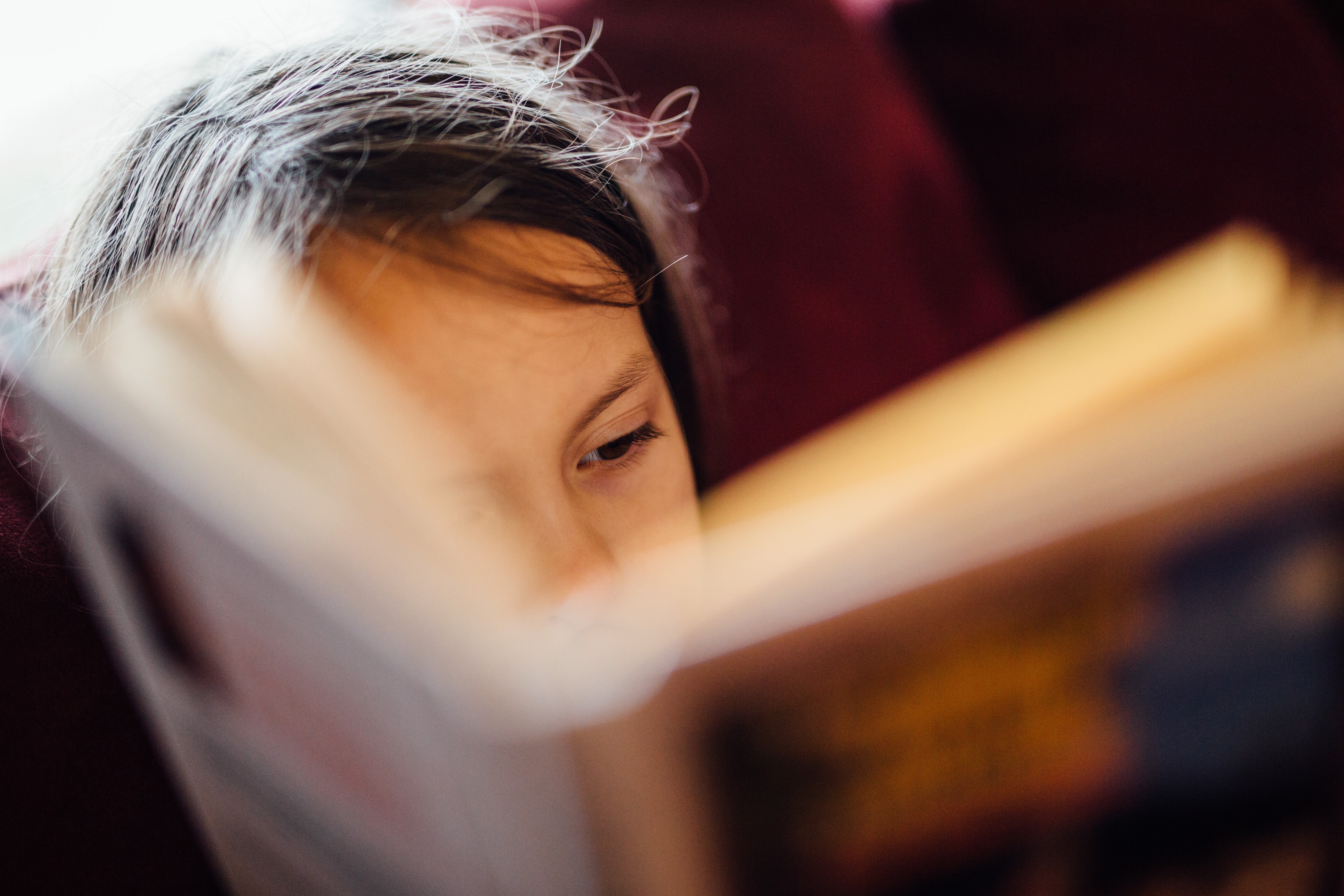Mama's Musings
Hands On Letters, Reading & Writing for Early Learners
Following on from my last blog post about hands-on Maths and Numbers, here are some tips for busy, bouncy kids to get them involved in reading and writing activities...

play – games, letter dice, story dice, magnetic letters & words, board games, matching games, wordsearch
create – get them to tell you stories & poems and record these, make books, cards for loved ones, get a penpal, collage letters, paint letters (sprinkle sand on wet paint), use chalk on paths, tracing in sand or paint
label – your favourite things around the house, label your body parts, label your garden - label everything! If you use sticky labels, it's most fun.
worksheet creator – use your favourite words to create worksheets: names, address, pets, places. Wordsearches are worksheets in disguise.
read – audio books, read aloud (while they use playdough or eat is good), go to the library, read to yourself and aloud to other adults while children are around, and just normalise reading as a fun thing to do!
Tip for ki...
Hands On Maths and Numbers for Early Learners
Something that comes up a lot in my sessions and conversations with other parents is - how do we 'teach' kids who just want to touch, squash, bang, run, jump, yell and are basically very IN their own bodies a lot of the time?
There are so many ways to learn the same concepts. That we expect busy little bodies to sit, hold a pencil, and listen for great lengths of time is plain crazy. It's the worst part of our modern education system, I think. (And there's loads of research behind that opinion, but I don't think I need to convince you!)

Here are some of the ways we've discovered numbers in the early learning years with tactile learners:
manipulatives – buttons, coins, counters, Cuisenaire rods, MAB (Multibase Arithmetic Blocks), rocks, abacus, dominoes, sticker spots & stars, anything they have multiple of (favourite toys), lego, blocks
play – games, building, count as you hop, jump & skip, collect, bounce, measure, run, using timers, shops, sorting, ball games, mazes, scavenger hun...
Socialising Outside the Box
I've written about socialisation several times in the past, including this blog post. I think it's fair to say that the homeschool socialisation myth has been debunked by now! Siblings, cousins, neighbours, family friends, homeschool groups and co-ops, faith meetings, and after-school activities are the most obvious ways we can socialise, but what else is there for homeschoolers? Here are a few ideas you may not have considered...
Volunteering - kids can often volunteer alongside their parents or another carer and do meaningful work in the community. This helps encourage an attitude of service, an awareness of other people's lives, connection with plants or animals, and/or a feeling of belonging. From a young age my own children were involved in the same community activities and events I participated in - a bartering system, various gardening groups, washing an older neighbour's dog regularly, pet sitting, house sitting, and running activities and camps for other homeschoolers.
...Resource Review: Rainbow Pebbles
We've had this set for about a year and I play it with Zeah, she plays with it alone, and we take it when I babysit some other homeschooled children. It's been really popular with 3-8 year olds. We have the version pictured, with activity cards.

Zeah uses the pebbles for sorting (size, colour, shape), stacking, counting, and making patterns. The pebbles are ideal for loose parts play, as maths manipulatives and the activity cards prompt plenty of variations of learning and play. There are several sets available.





